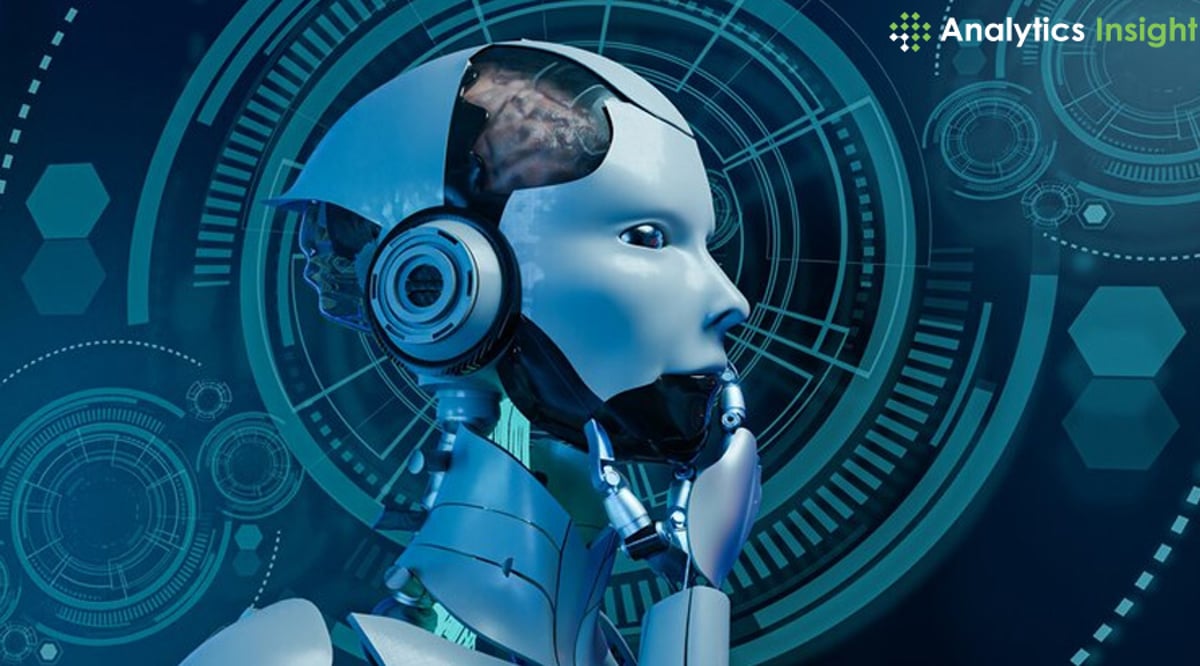What are the key features to look for in a humanoid robot?
When choosing a humanoid robot, consider the following key features:
Mobility and Stability: Assess the robot’s ability to walk, run, and navigate various terrains. Advanced robots like Atlas by Boston Dynamics showcase exceptional agility and balance.
Interactivity: Look for features such as speech recognition, natural language processing, and emotional recognition. Pepper by SoftBank Robotics excels in interacting with humans through voice and facial expression analysis.
Programmability: A highly programmable robot allows for customization and versatility. Nao by SoftBank Robotics supports multiple programming languages, making it ideal for educational and research purposes.
What is the cost range for humanoid robots?
The cost of humanoid robots varies widely based on their capabilities, sophistication, and intended applications. Entry-level educational robots, such as Nao by SoftBank Robotics, can cost between US$5,000 and US$10,000. These robots offer programmability, movement, and basic interactivity, making them suitable for schools and research institutions.
More advanced robots like Pepper, also by SoftBank Robotics, are priced around US$20,000 to US$30,000. Pepper includes emotional recognition, voice interaction, and an interactive touchscreen, making it ideal for customer service and healthcare environments.
High-end robots like Atlas by Boston Dynamics are significantly more expensive, often exceeding $100,000. Atlas’s advanced mobility, perception, and dexterity make it suitable for research and specialized applications in challenging environments.
Custom-built or highly specialized robots, such as Sophia by Hanson Robotics, can vary in cost based on the level of customization and development involved, often reaching into the hundreds of thousands of dollars.
How can humanoid robots be used in education?
Humanoid robots are transforming education by providing interactive and engaging learning experiences. They serve as effective teaching aids in several ways:
Programming and Robotics: Robots like Nao and Pepper are used to teach students coding and robotics principles. Their programmable nature allows students to experiment with different programming languages and understand robotics concepts hands-on.
STEM Education: Humanoid robots are integrated into science, technology, engineering, and mathematics (STEM) curricula, making abstract concepts tangible. Students can see real-world applications of theories they learn in class.
Special Education: Robots like Nao are used in special education to assist children with autism and other developmental disorders. Their predictable behavior and interactive features help create a supportive learning environment.
What are the benefits of using humanoid robots in customer service?
Humanoid robots in customer service offer numerous advantages:
24/7 Availability: Robots like Pepper can provide round-the-clock service without fatigue, ensuring consistent customer interaction and support.
Efficient Handling of Routine Tasks: Robots can manage repetitive and routine tasks, such as greeting customers, answering frequently asked questions, and providing information, freeing up human staff for more complex tasks.
Personalized Interactions: Equipped with emotional recognition and advanced AI, robots like Pepper can tailor interactions based on customer emotions and preferences, enhancing the customer experience.
Data Collection and Analysis: Humanoid robots can gather valuable data during customer interactions, providing insights into customer behavior and preferences that can inform business strategies.
What are the current limitations of humanoid robots?
While humanoid robots have made significant advancements, they still face several limitations:
Cost: High-quality humanoid robots can be expensive, making them less accessible for small businesses or individual consumers.
Complexity and Maintenance: Advanced robots require regular maintenance and technical support, which can be costly and require specialized knowledge.
Limited Autonomy: Despite advancements, many humanoid robots still rely on pre-programmed behaviors and may struggle with unpredictable environments or tasks that require advanced problem-solving.
Ethical and Privacy Concerns: The use of robots in social settings raises ethical issues, such as the impact on employment and privacy concerns related to data collection and surveillance.


